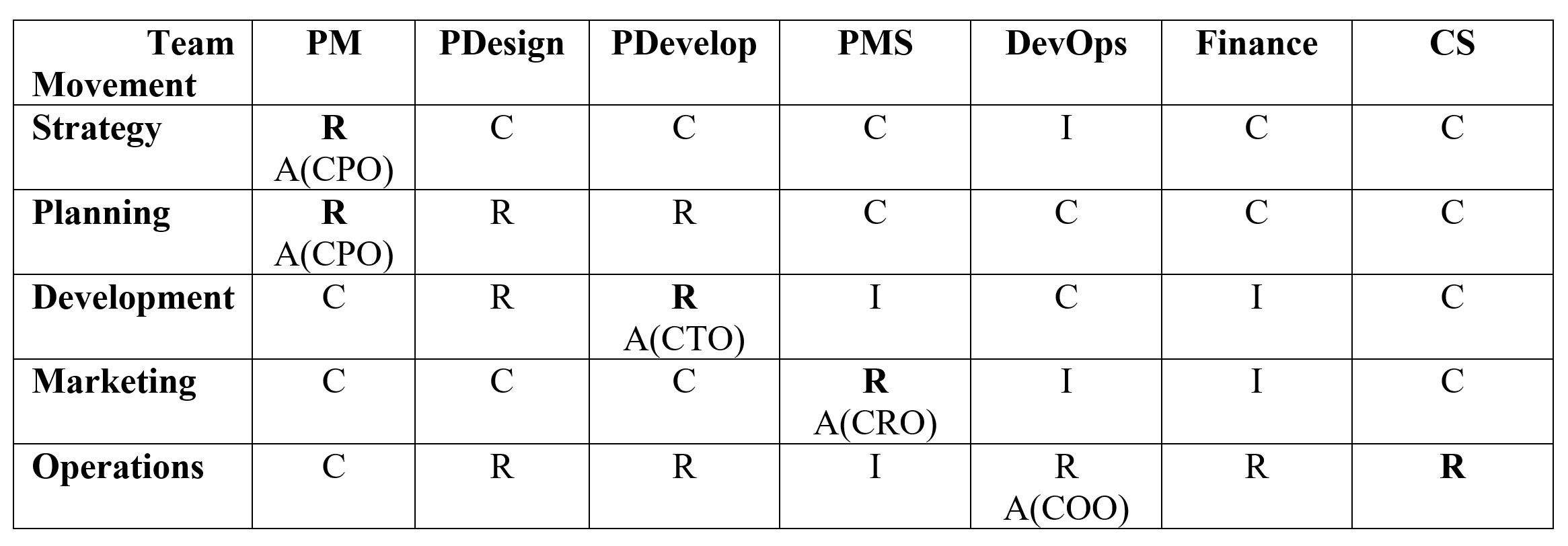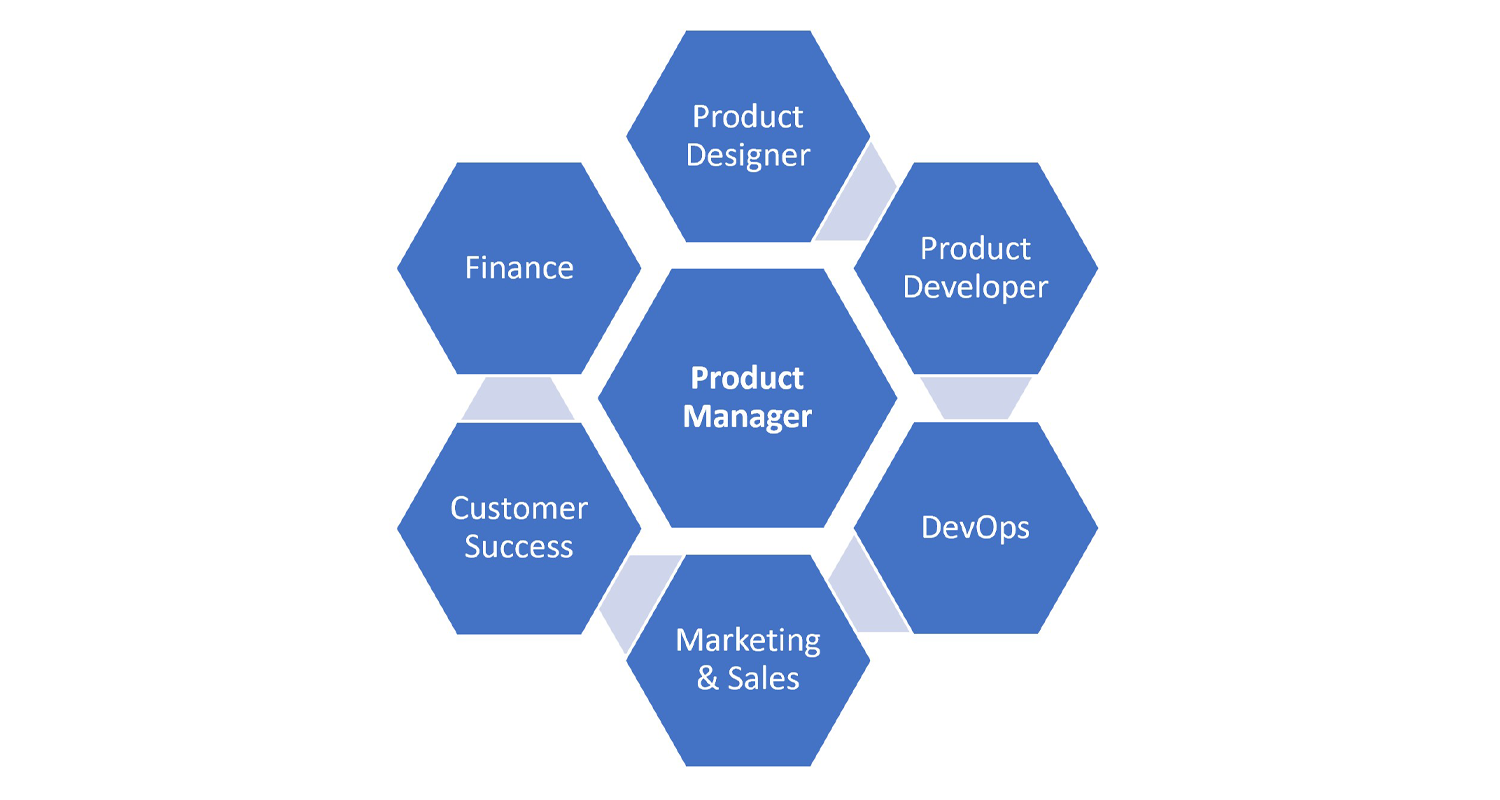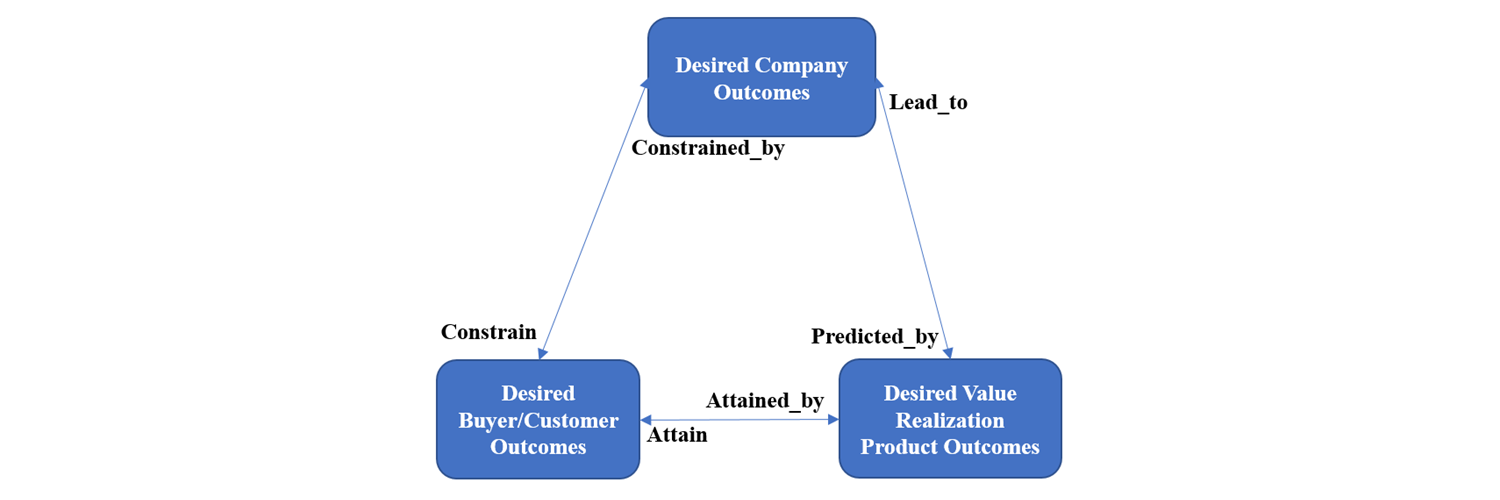In previous posts, I have discussed the Five Product Movements Models (5PMM), a SaaS product management life cycle model. It consists of an organic, iterative, and mutually informing series of five Movements (Strategy, Planning, Development, Marketing, and Operations). Collectively, the 5PMM defines the range of key activities product management must be responsible for or actively involved with in a successful B2B SaaS company.
The Strategy Movement is all about defining the north star destination for the product. The Planning Movement is about setting the milestones for the journey to reach the destination. Planning Movement activities also inform, influence, and often lead to refinements in strategy. The Development Movement focuses on bringing the product to life, and Marketing creates awareness and qualified demand for the product. Both Development and Marketing Movement activities inform and influence the Strategy, Planning, and Operations Movements. Finally, the Operations Movement is about delivering world-class customer product experiences and successes, thereby fulfilling the promise and commitment made to deliver on both customer and company outcomes. It provides the closed loop feedback to all other Movements.
It is important to understand and define the Product Team and the roles of the Product Team members and the rest of the organization across the 5PMM. The Product Team includes the disciplines necessary to define, design, develop, market, sell, operate, and support the customer and company to achieve success. Each Product Team member or group plays different roles across the Movements. Product managers cannot operate at 100% of their capacity in each Movement. They must effectively partner with many different parts of the organization to achieve success.
I describe a team structure representative of the Product Team structures I have seen in B2B SaaS companies for a single product. For companies with product portfolios, there are also many collaborations and integrations that span Product Teams and business units that are beyond the scope of this post. The representative single Product Team structure consists of members or teams from the disciplines of product management, product design, product development, product marketing and sales, product DevOps, finance, and customer success. Variations in this Product Team structure abound. Many Product Teams do not have full-time staff dedicated to these roles until they reach more mature product stages. In such cases, a product manager typically plays multiple roles including product manager and product designer. A summary of the Product Team roles follows.
- Product management: Product management has the end-to-end responsibility for the Strategy and Planning Movements leading to the design, development, marketing, selling, supporting, and operating of products that achieve desired customer and company outcomes. They bring the voice and perspective of the customer to the team, including routinely having customers involved in various Movement activities.
- Product design: An exploratory and experimental process of envisioning, defining, creating, testing, and iterating on product user interfaces and experiences that solve target market problems in ways that delight users and deliver desired outcomes. Product design partners with product management to define and create the end-to-end user interface and experience for a product. A product designer must have a deep understanding of and empathy for the ideal customer profile, buying committee, user personas, pain points, desired outcomes, competing products, and other products in the ecosystem.
- Product development: Product development partners with product management, product design, and other members of the Product Team to build products based on customer and user discovery that delight customers and deliver on desired customer and company outcomes. This includes the detailed work of implementing, experimenting with, and testing designs created by product designers to deliver customer value. It also includes a focus on ensuring delivery on the non-functional aspects of the product (i.e., functional quality, availability, performance, scale, and any other customer or company service-level agreements associated with the product).
- Product marketing/sales: Product marketing and sales partner with other members of the Product Team to create qualified customer demand and to sell the product. Product Marketing also works closely with the Product Team to highlight and communicate the value proposition(s) of the product, and to support Sales with various customer-facing enablement content.
- Product DevOps: Product development operations partners with product development to ensure automated and continuous software integration, build, and test of the product. DevOps also ensures the automation of pre-production and production staged cloud software product deployment and management against customer and company service-level agreements (including availability, performance, scale, etc.).
- Finance: Finance partners with other members of the Product Team to define pricing, understand cost structures, produce model pro-forma financial statements, and ensure the integration of the product financial plan with the overall company business and financial plan.
- Customer success: Customer success focuses on ensuring a delightful customer experience and enabling customers to realize value from product adoption and usage. This includes pre-customer experiences such as buyer discovery, trial use, and conversion to being a paid subscriber (customer). It ensures that users experience efficient and effective onboarding, training, learning communities, traditional reactive support, and proactive engagement to drive appropriate product usage. In turn, this leads to achieving the desired outcomes that customers readily understand and acknowledge. Customer success establishes KPIs related to CSAT scores and focuses on regularly tracking, monitoring, and growing customer satisfaction. Ultimately, this drives customer renewal, expansion, and advocacy while also optimizing customer ARR growth and delivering on company outcomes.
It is also helpful to understand the role of Product Team members across the 5PMM. The below RACI chart summaries team member roles across the Movements. RACI stands for R (responsible), A (accountable), C (consulted), and I (informed).
- Responsible: this is the person (or group) on the team that is directly assigned to complete the activities and deliver the results for the Movement. The bolded R represents the group with the lead responsibility for the given Movement.
- Accountable: this is the executive on the leadership team that is ultimately held accountable for the outcomes and success of the Movement. This person needs to ensure that the responsible parties understand the expectations for the Movement and outcomes!
- Consulted: these are team members (and other groups inside and external of the company) who provide advice and feedback on the in-process work and results of a Movement. They typically have some dependency on the outcomes of the Movement. Good practice here is for people responsible for a Movement to consult with these stakeholders before beginning the work of the Movement to ensure there is understanding and alignment between all parties. Consulted parties may involve individuals and groups not immediately on the Product Team.
- Informed: these are people and groups on the Product Team and others that are not involved in the decision-making of the Movement, but need to be kept up to date on Movement progress and results.

Note the callout to the accountable roles of members of the executive leadership team in the RACI chart, including the Chief Product Officer (CPO), Chief Technology Officer (CTO), Chief Revenue Officer (CRO), and Chief Operating Officer (COO). While the titles of these accountable roles may vary by company, it is common for a member of the executive leadership team to be the accountable person for each Movement. In many respects, the CEO is the ultimate accountable person.
- What variations to Product Team make-up and RACI charts do you see in your organization?
- What challenges do you have in making organizational structures work when there are different reporting structures for team members?
I welcome your feedback.





